While it’s frequently maligned as an ingredient to minimize or eliminate from our diets, remember that sea salt is essential for the survival of all life on earth.
We need salt in our diets. It enhances flavor, and satiates our minds and bodies when consumed in the right quantities.
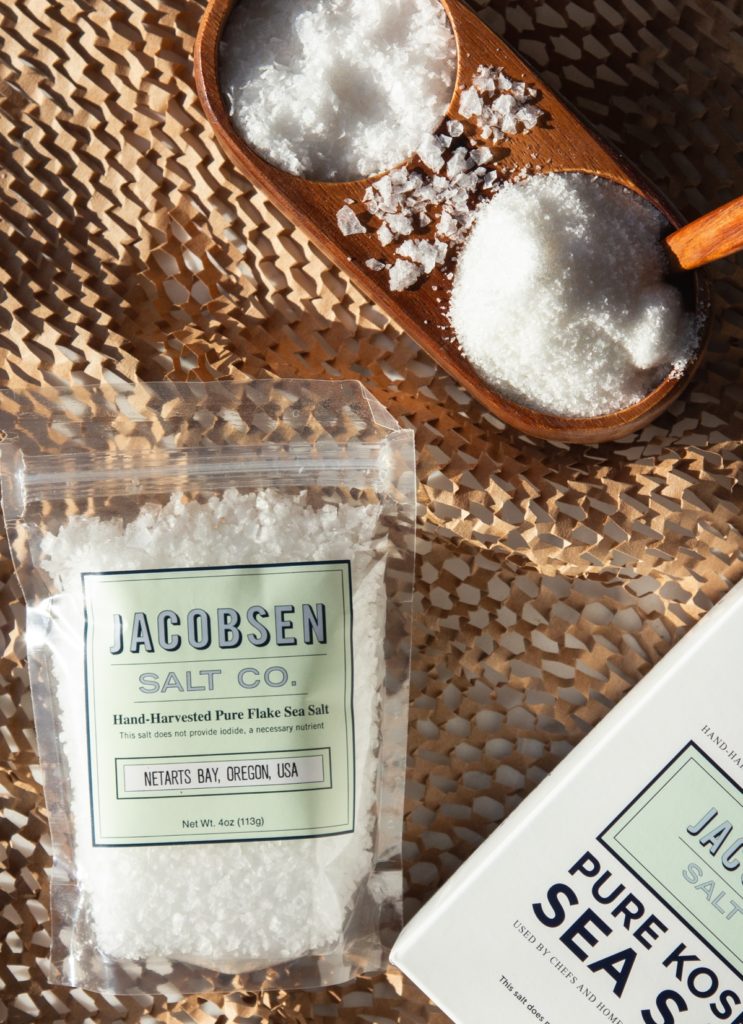
A lot of salt is highly refined and adulterated, and so it isn’t good for us.
It can make a world of difference to your health to use quality salts. While medical professionals claim there is no difference in nutritional quality, common sense and experience says otherwise.
A quality sea salt is packed with natural minerals, algae, clay, and other trace elements that add diversity to the diet and benefit the body.
In this post, I am going to talk about:
- Where salt comes from.
- What sea salt is.
- How you can identify a quality salt.
- The health benefits of sea salt.
- The different types of sea salts.
- How sea salt is made.
- Finishing salts, and how to use them.
- Kosher salt.
- Recommended brands of sea salt.
I am also going to let you know about a new and exciting brand of quality sea salt that’s made from fresh ocean water mined from a pristine bay on the Oregon Coast in the Pacific Northwest of the United States.
Let’s jump into it.
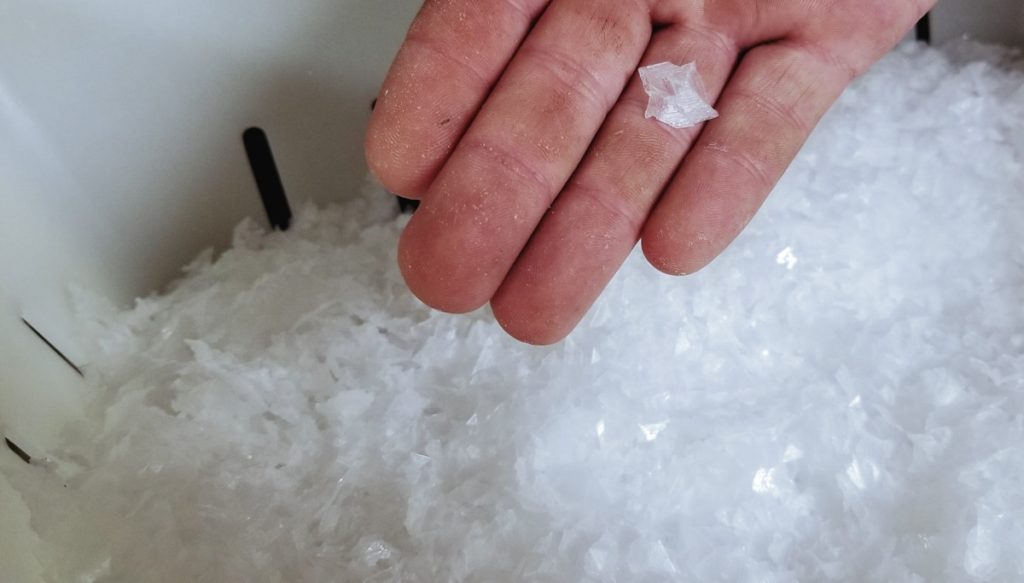
Where Does Salt Come From?
Salt is a mineral known as sodium chloride.
It originates from volcanic rock that’s gently dissolved by fresh water, and carried to oceans and lakes via rivers and underground springs.
Salt is present abundantly on the planet, and millenniums of people throughout history have prized its sources.
While oceans contain approximately 3.5 percent salt, conditions need to be ideal to support a profitable salt harvesting operation.
So historically, civilizations have flourished near salt sources.

The peaceful protest that made Ghandi famous was against an unjust salt tax imposed by the ruling British. His march was to the Arabian Sea to harvest salt.
However, you should know that most of the abundant table salt we use these days is mined from underground rock deposits, or chunked from precious mountains.
These salts, sometimes referred to as rock salts, are the mineral remains of ancient oceans.
Just imagine, massive shifts in the earth’s structure smushed some of these prehistoric treasures vertically to be hidden in the mountains and provide for us now.
In fact, this is where the now ubiquitous Pink Himalayan Salt comes from. It’s mined out of the Salt Range mountains in Punjab, Pakistan.
These particular deposits are said to be 600 million to 540 million years old. The pink color comes from other minerals besides calcium chloride, such as magnesium, potassium, and calcium.
What Is Sea Salt?
It is important to know that not all sea salt is created equal.
If you are still eating mined and refined table salt, which includes a dose of added iodine and stabilizers, you are seriously missing out!!
Even a commercial “sea salt” (you’ll know cause it is cheap), is often chemically refined in a way that strips it of its complexity and terroir.
The majority of salt available on the market today is mined from ancient rock deposits.
Some of it may be marketed as sea salt, but these are not the same as unrefined sea salt made from fresh water.
You’ll know you are buying this kind of sea salt as the package will usually carry a warning that it does not supply iodine. Kosher salt is also in this category.
Iodine is a critical micronutrient that our bodies need to make thyroid hormones.
In the early 20th century many Americans were deficient, so it was added to our salt. Most table salts in the U.S. still have iodine added.
A table salt is simply sold as salt, and you can check the ingredients for iodine if you are interested in knowing.
The iodine issue isn’t a problem in the U.S. any longer, but nobody knows if it’s because of the salt.
However, iodine is found abundantly in fresh seawater, and in soils that are close to the sea.

So if you eat wild-caught fish, or milk, cheese, yogurt, eggs, or vegetables grown in iodine-rich soils, or seaweed, you are getting your iodine.
There is also trace amounts of naturally occurring iodine in unrefined sea salts.
Beware Of Cheap Sea Salt
Have you ever wondered why you can buy a pound of sea salt for $1.49 at Whole Foods, but another sea salt costs $10?
What accounts for the difference in price?
The answer is truly shocking.
In the United States, the FDA allows ANY SALT to be labelled sea salt, the reason being that technically all salt once came from the sea.
So it’s buyer beware out there folks. This is if you are truly interested in picking up a quality salt.
While salt from an ancient sea bed, such as Himalayan Pink Salt, might still be very good because it’s unrefined, the issue is that there is no protection for consumers from sea salts that have been chemically refined and stripped of their diverse natural mineral content.
The biggest indicator for you will be the price. So be aware of cheap sea salt. Unless you trust the brand, or the retailer, you really don’t know what you buying.
Let’s talk about quality sea salts now.
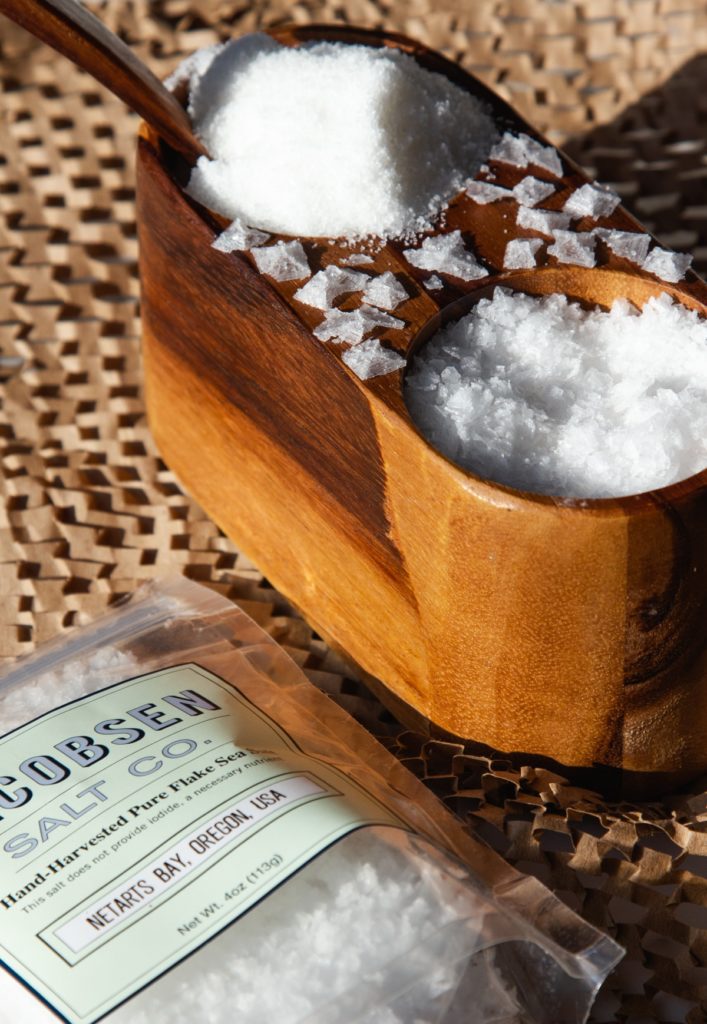
Enjoy Quality Sea Salt From Fresh Seawater
The form of salt that comes from fresh seawater is somewhat rarer in the world, and it is this salt that most chefs and foodies prize.
The flavors in these salts are more complex, with a delicate umami-rich brininess.
Foodies may be familiar with famous brands, such as Celtic Sea Salt. It's originally from Brittany, France, but now it is harvested by hand from coastal areas in Europe, Guatemala, and Hawaii.
Celtic salt is grey in color, and known for its higher water content. You can buy it in both fine and coarse grinds.
Or maybe you’ve seen Maldon Flake Salt, harvested from coastal shores in Maldon, England. Maldon put pyramid flakes on the map for most Americans.
Salts such as these boast dozens of trace minerals, clays, algae, and sulfites that rock salts don’t have.
And yes, all of these naturally occurring additives are good for you. Think of it as a vitamin supplement you don’t need to think about.
I’ve been a huge fan of unrefined sea salts for a very long time.
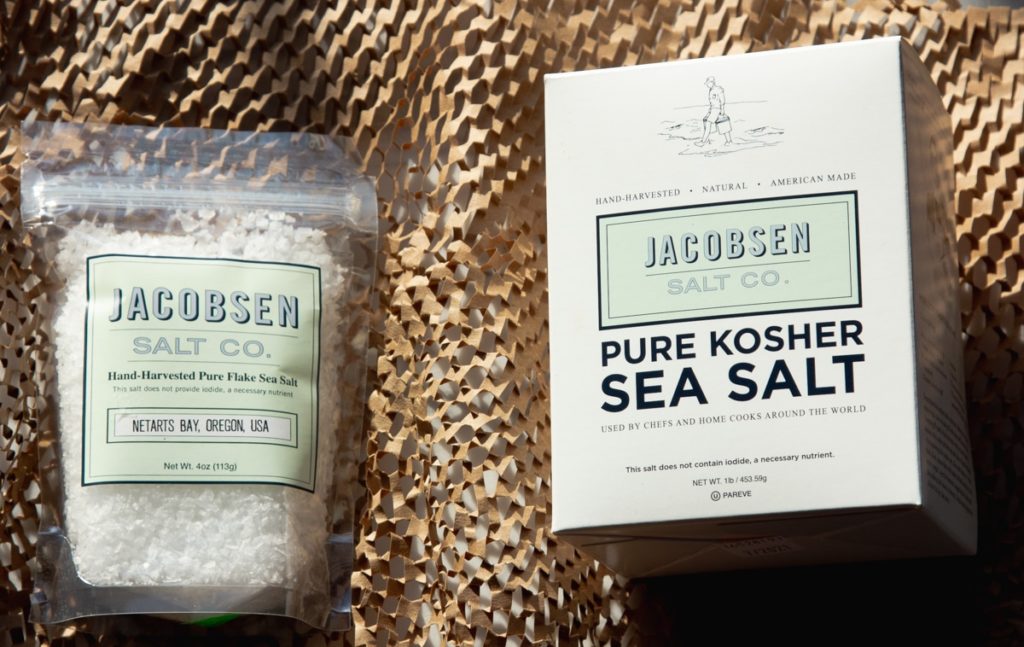
You can savor the taste of these salts, and it feels like you are actually consuming a food, rather than a chemical (which is how I experience conventional salts).
I was buying the European brands I already mentioned, along with Himalayan salt, but then I learned about Jacobsen Salt Co.
Jacobsen is a relatively new brand of sea salt harvested right off the Oregon Coast in the Pacific Northwest. It is the only sea salt that's Made in America.
In fact, I visited the very ocean that provides its waters for this salt, and I’d love to tell you more about it.
The Jacobsen Salt Story
The company’s founder, Ben Jacobsen, was living in Denmark when he discovered for himself the difference a quality salt makes.
After returning to his foodie paradise home of Portland, Oregon, he found it odd and strange that there wasn’t a locally harvested salt to complement all the amazing, fresh food of his region.
After a bit of research he understood that nobody was making salt from fresh seawater in the United States. so he decided to do it himself.
It is pretty amazing that Ben used to harvest buckets of seawater by hand to test his method.

He tried 25 different locations along the coast before settling on one, traveling a 150 mile round-trip from Portland each time.
Eventually, Ben had his salt prototype ready.
It didn’t take long before local chefs and home cooks were clamoring for it. That’s when he knew he was on to something.
He ran a kickstarter campaign, and earned over $30,000 in donations to get a production facility set up at a former oyster farm right on the ocean.
The location is Netart’s Bay, which is known for its thriving watering-filtering oyster industry, and the fact that 85 percent of its calm waters are refreshed with every tidal change.
I visited the idyllic Jacobsen Salt facility at sunset last summer, and I can say that it is everything … and more.
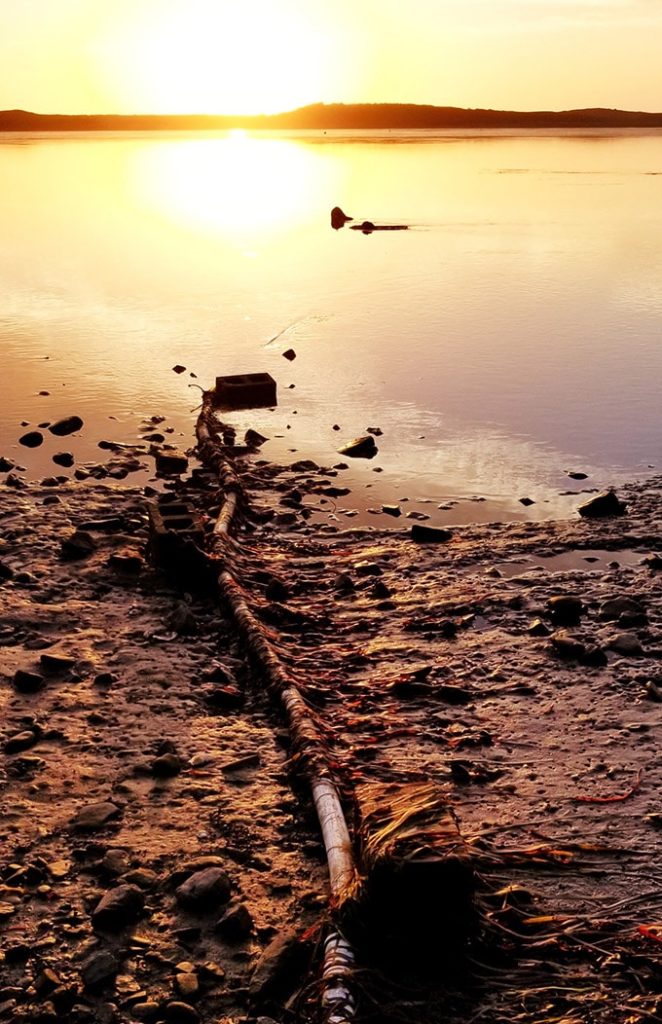
How Sea Salt Is Made
Making salt from fresh water is a lot of exacting work.
It takes Ben’s team a whopping 275 gallons of water to make 30 to 50 pounds of salt.
And all that water must be evaporated under constant supervision in boiling kettles for two to three days to increase the salinity of the water, which is known as a brine.
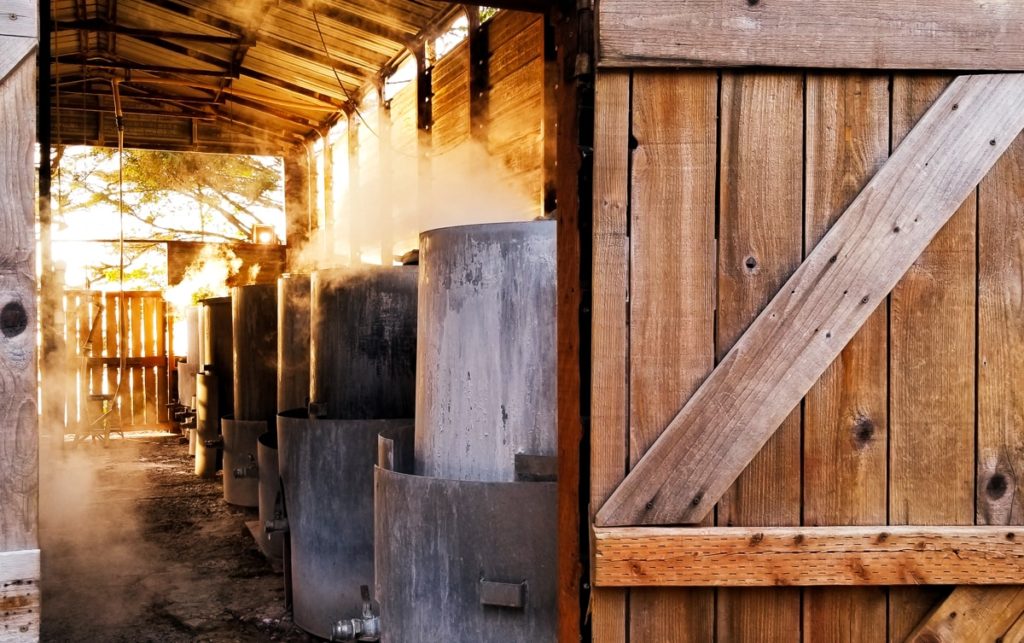
In warmer parts of the world, the sun does the evaporating work from salt pools stationed along shallow ocean edges.
In Ben’s case, the concentrated brine is transferred to warm stainless steel holding trays. It is here that the salt crystals finally manifest themselves.
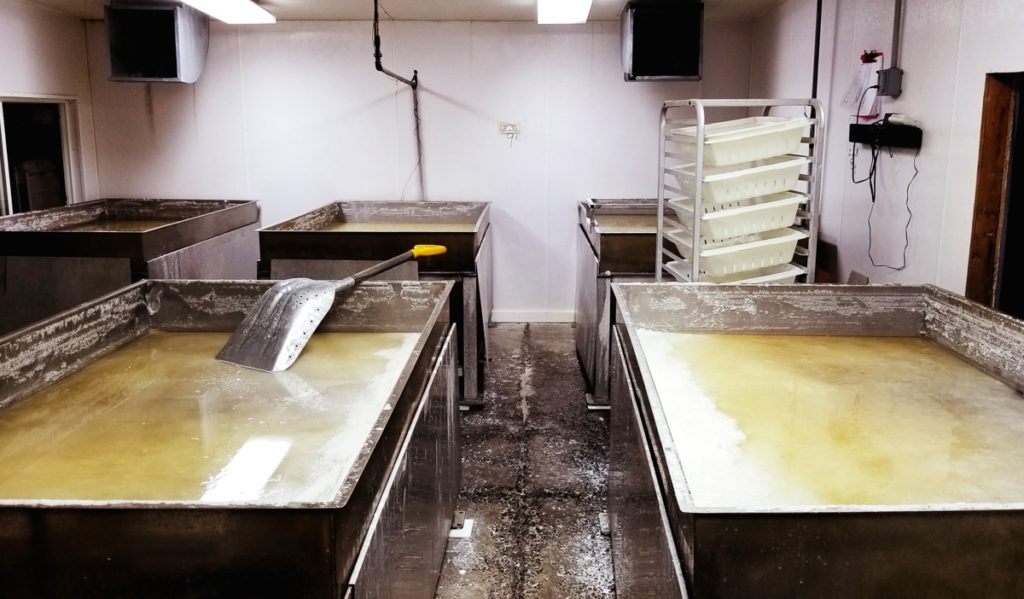
The translucent gem pyramids form momentarily on the surface of the water, and then drop down. After they accumulate en masse, they are scooped out for further drying.
It looks miraculous when those gorgeous pyramids appear out of nowhere.
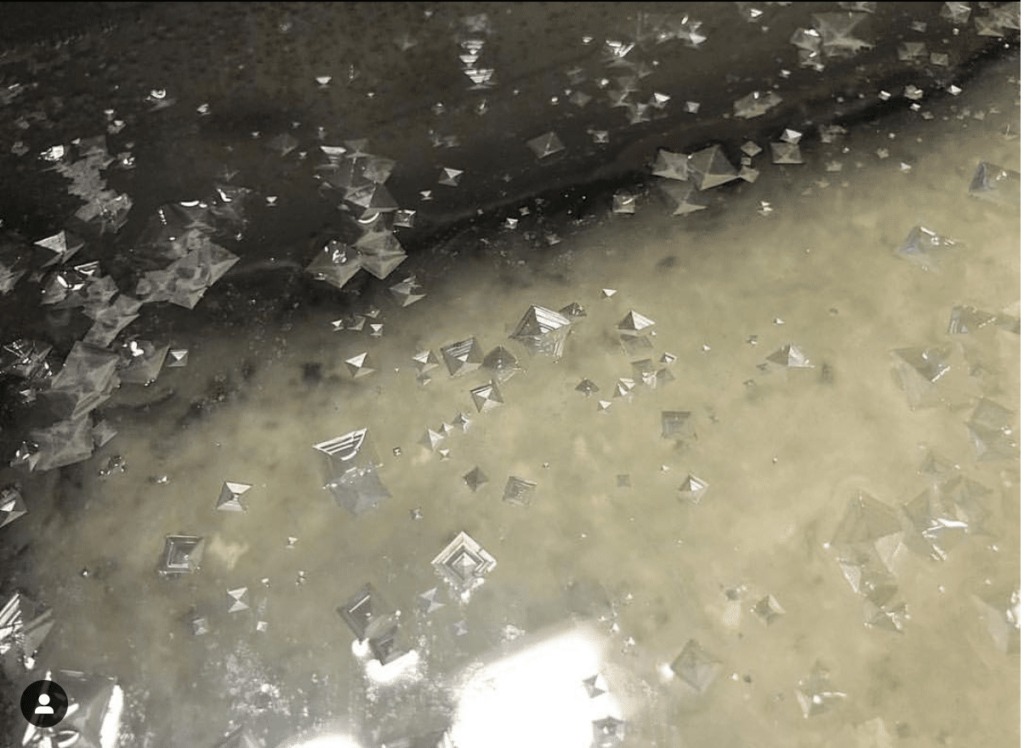
This is the famous flake salt, or pyramid salt, or finishing salt everyone’s into these days.
It takes a delicate touch to preserve the flakes, while the remainder will be packaged as other forms of salt.
Ben’s sea salt looks like pristine white shaved ice on a snow cone, and tastes mildly of the sea.
What Is Finishing Salt, And What Do I Use It For?
A finishing salt is a special salt that you add to your food after it’s cooked or prepared.
This is a really important distinction, because if you go to cooking school you will learn to add salt during the cooking process.
So a finishing salt is truly unique in this sense.
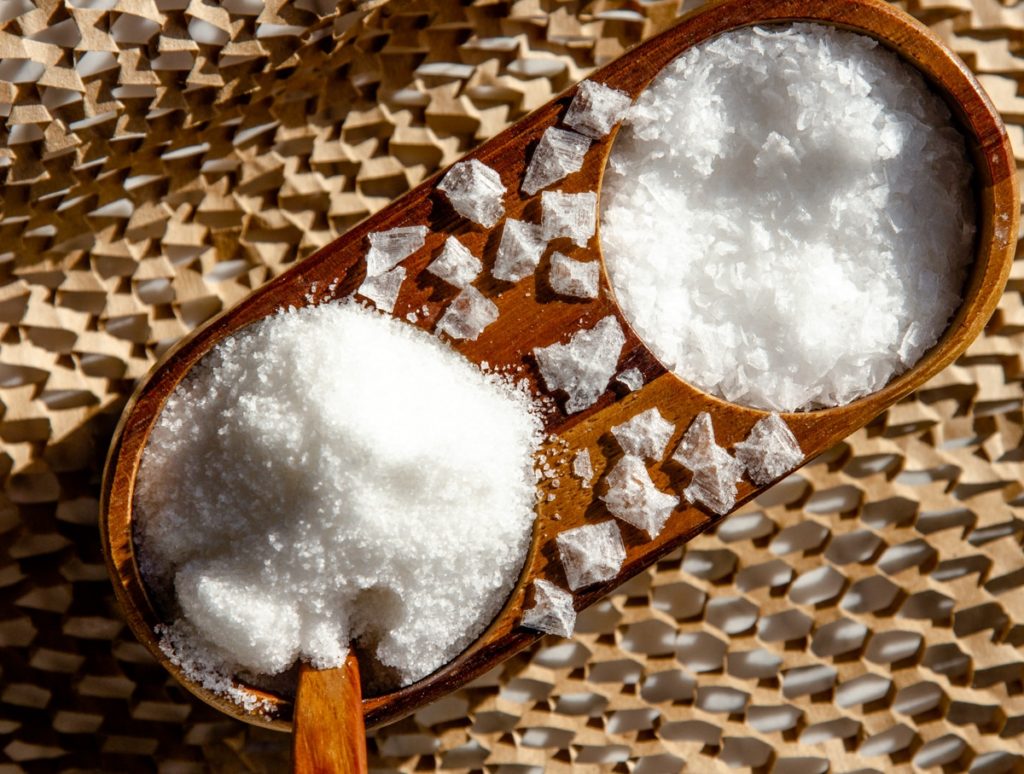
Most finishing salts are flaky, so they are flat (or pyramidal), and very thin.
The way to enjoy this salt is to pick up a pinch, crush it between your fingers into smaller bits, and sprinkle it on your food.
I enjoy mine on fresh salads, poached eggs, dal, sautéed vegetables, or piping hot rice (perhaps mixed with a bit of ghee).
The finishing salt adds a crunchy texture and a pop of flavor.
The flavor of a finishing salt is clean, briny, and complex, with no bitter aftertaste.
I would say that Jacobsen Salt’s flavor, in particular, is very mild. It tastes nourishing.
A good finishing salt will complement your food, without overpowering anything, as long as you don’t use too much.
Kosher Salt, And Salt Brands I Recommend
Of course I recommend Jacobsen’s Salt for your pyramid finishing salt, but I’d also like to recommend their kosher salt.
It gets a lot less attention, but it has the same awesome taste as the pyramid salt, for less than a quarter of the price.
Kosher salt has granules that are a little larger than your typical conventional salt, and it’s used for cooking.
You may have noticed that many recipes on the internet call for kosher salt.
In this situation, if you don’t have kosher salt, you’ll need to reduce the amount of salt you use by about 30 percent, or your food will be too salty.
When I visited the Jacobsen Salt store in Portland, I was treated to a nifty experiment in salt tasting. I must have tasted over a dozen salts.
What I learned is that finishing salt is the least salty tasting, followed by the kosher salt, and finally the finer grained salts.
So the finer the salt grains are, the more salty it tastes. It is all about how thoroughly the salt makes contact with the taste receptors on your tongue.
The finest grained salt I tasted was the Trapani Italian Sea Salt that Jacobsen sources and sells.
It is a salt from historical salt marshes on the Mediterranean, where windmills that were developed in Medieval times are used to churn pools of salt that evaporate naturally in the heat of the sun.
I definitely bought some of this exceptionally salty salt.
I also tried a number of flavored salts made at Jacobsen’s Salt Co., from their infused basil salt, to an infused pinot noir salt.
The last one I bought is pretty unique.
It was the Red Alaea Hawaiian Sea Salt.
A purified alaea clay gives this salt a gorgeous coral red-orange color. An array of beneficial minerals imparted a balanced, lasting, salty taste that I enjoy.
Conclusion
So there you have it. I have covered where salt comes from, what sea salt is, how you can identify quality salt, the health benefits of sea salt, the different types of sea salts, how sea salt is made, finishing salts, and how to use them, kosher salt, and recommended brands of sea salt.
If you liked this post, please share it with your friends, or leave a comment below.
For more Buttered Veg lifestyle content, follow me on Pinterest, Facebook, Instagram, and Twitter.
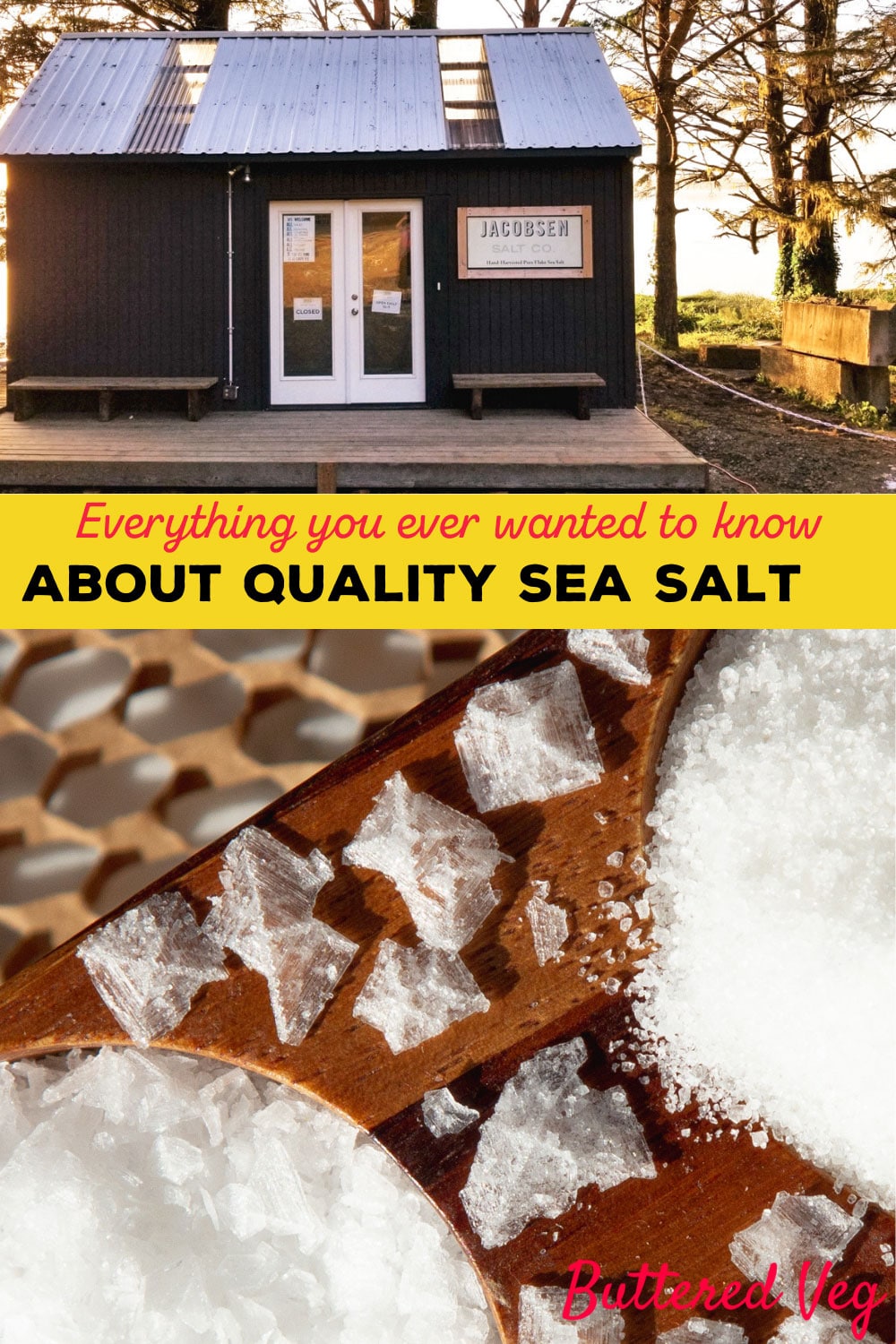

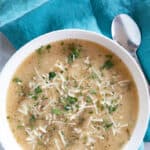
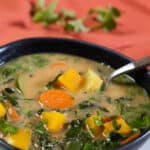
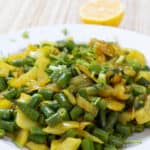




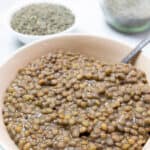
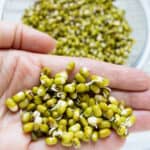
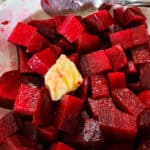


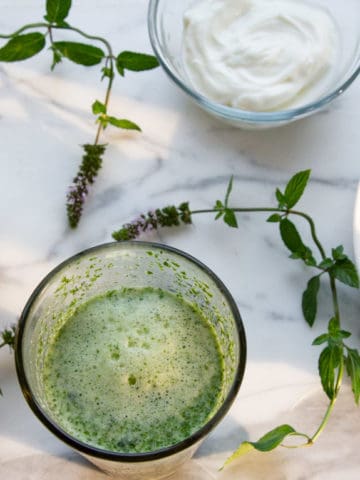
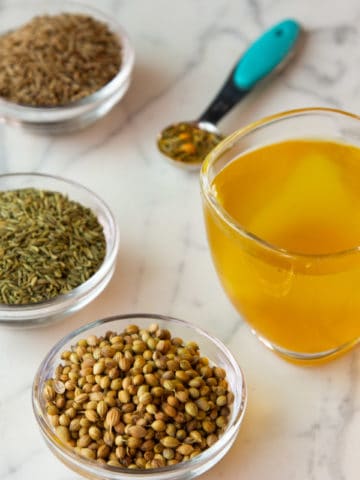
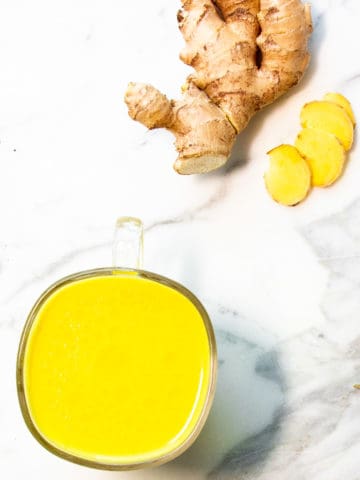
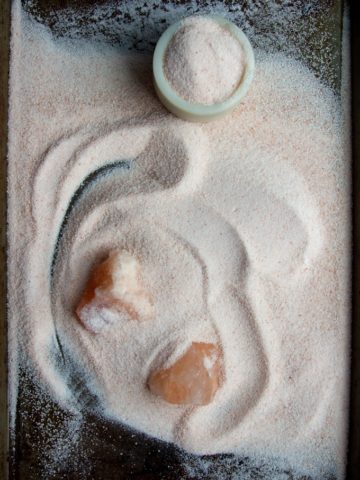
Leave a Reply